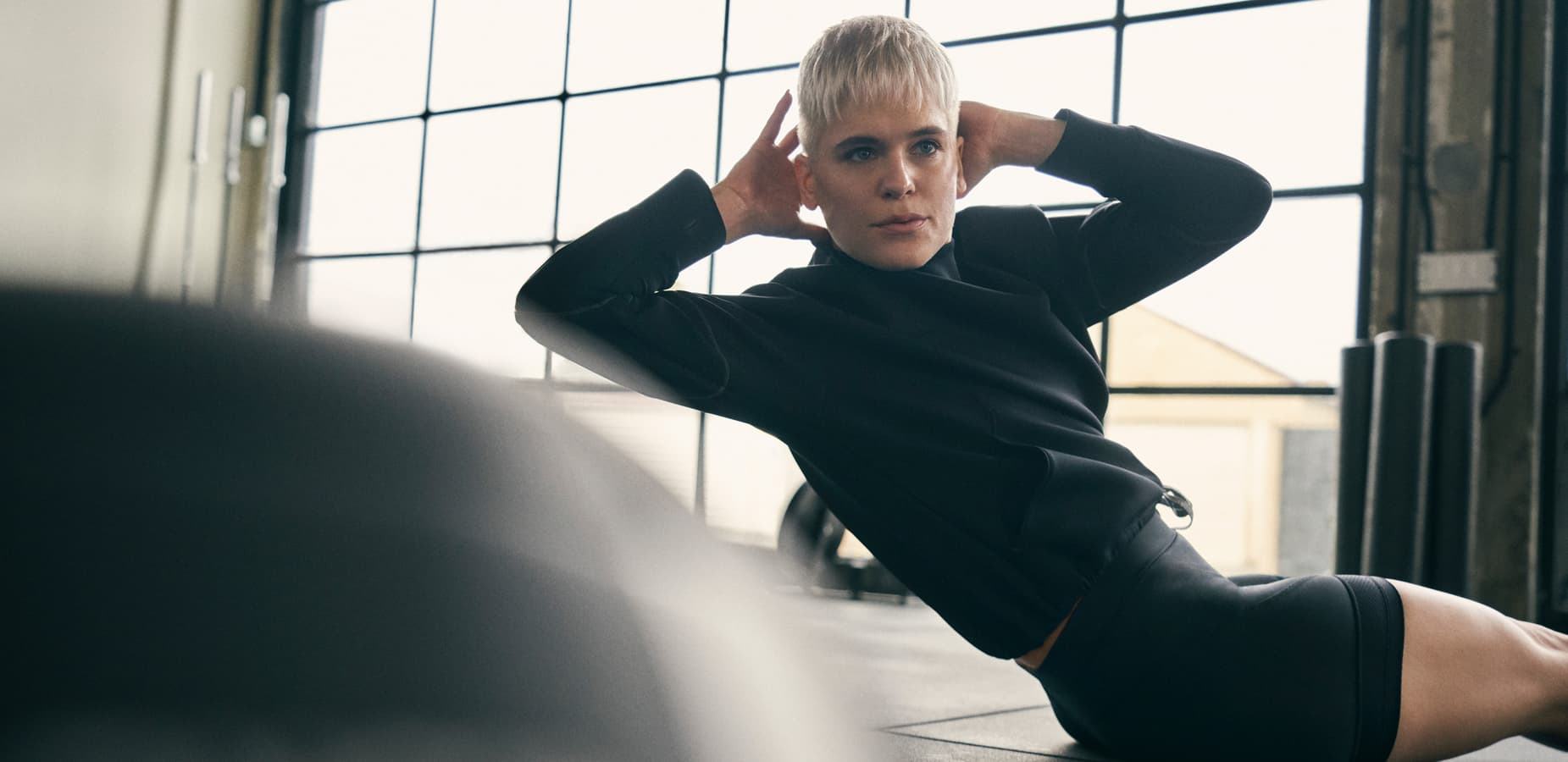Get Stronger with Eccentric Movements
Coaching
By Betina Gozo
How to take what you're doing and slow it right down to see big results.
What is an eccentric movement? It's the lowering part of a movement where your muscles are lengthening. And it's a great way to build strength without equipment, just using your own body weight. So if, for example, you're doing a squat, the lowering-down phase of the squat is eccentric. When you do an eccentric movement, you have to slow yourself down—it could be anywhere between a 3- to 10-second lowering phase—and you can really activate every single muscle.
"And it's not just squats—you can turn most movements into eccentrics".
Betina Gozo
And it's not just squats—you can turn most movements into eccentrics. Try it with push-ups: just focus on doing the lowering phase really slowly and then push back up at your normal pace. When you incorporate the eccentric phase of a push-up, you'll be able to feel your core and stabiliser muscles engage a lot more, which often helps work out any overcompensating or weakness. That's one of my favourite movements for my clients to do, because it actually helps them build up to doing more and stronger push-ups. Usually, people bang out 10 reps as quickly as possible, but if you incorporate eccentric movements, you'll feel those same 10 reps a lot more and see your strength increase sooner.
Keep an eye out in my workouts for eccentrics, or you can also try it on your own whenever you see push-ups or squats in a workout—try to do them eccentrically, slowing each one down to 3 or 4 seconds. You'll see how focusing on that eccentric movement works your same muscles in a totally different way.
Join Nike Training Club
Get access to our world-class experts and trainers to help you stay active and healthy.

Join Nike Training Club
Get access to our world-class experts and trainers to help you stay active and healthy.






